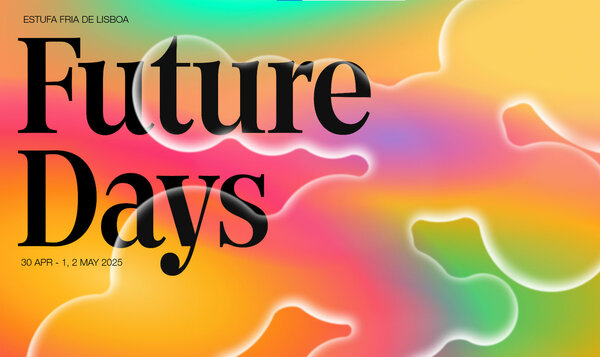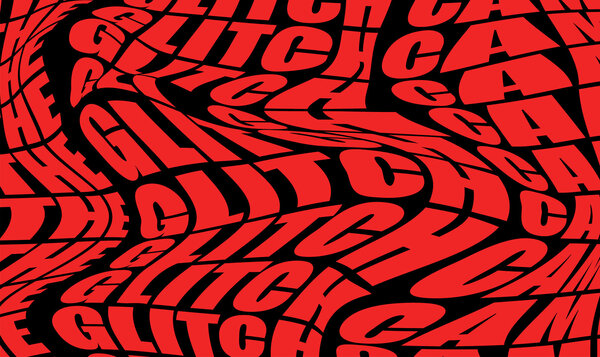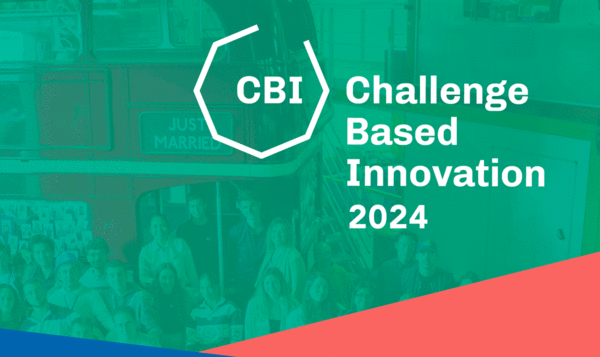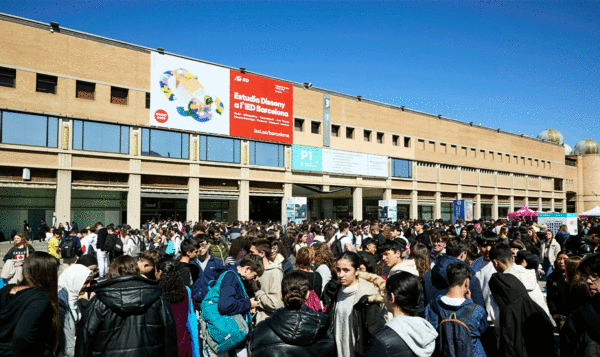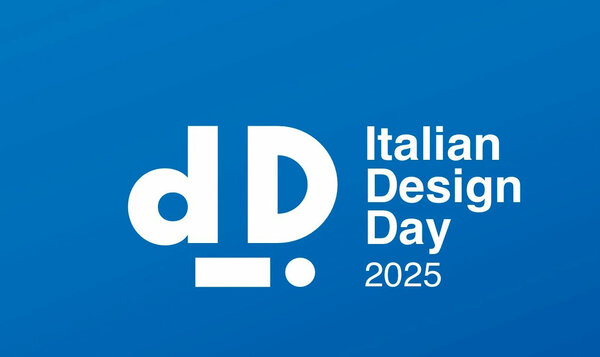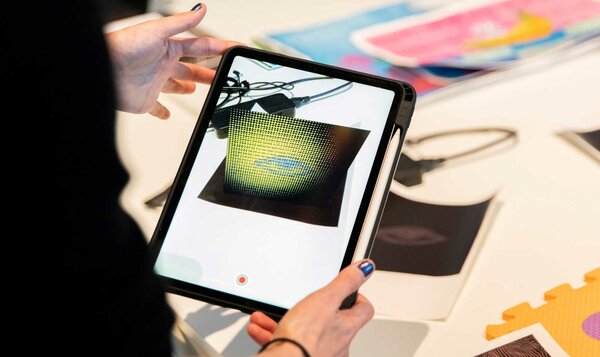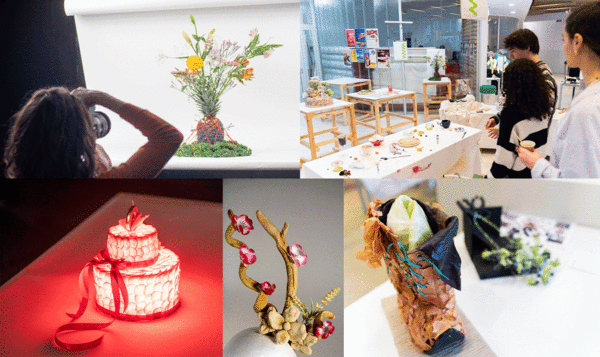Now, more than ever, the ability to be productive in an increasingly dynamic work environment is what enables one to establish themselves as a competitive and well-trained figure in their field.
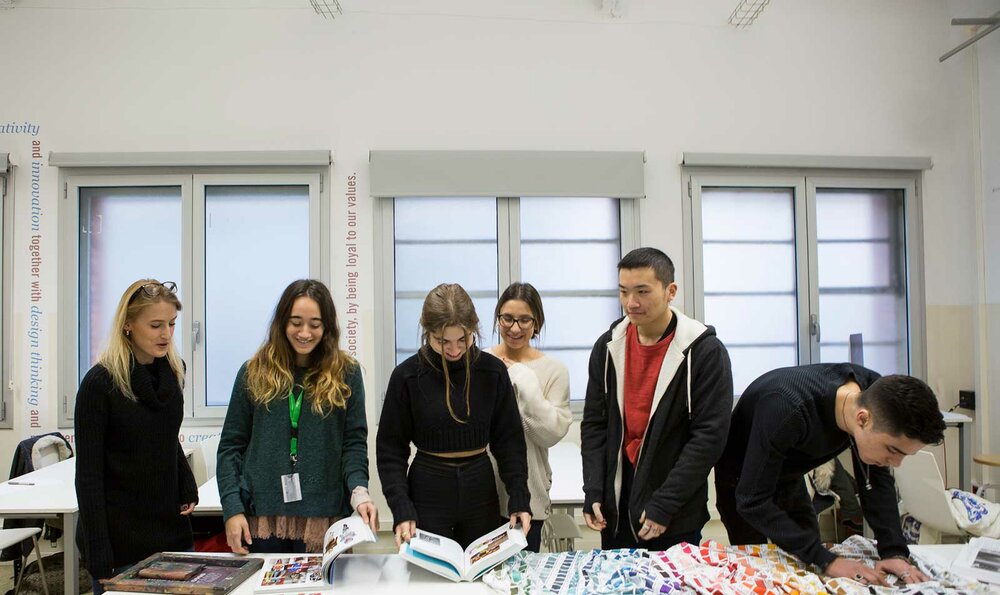
How to be more productive: 7 techniques to increase efficiency at work
Date
05 August 2024
Workplace productivity encompasses a set of skills that allow for optimal results, maximising time efficiency without compromising personal well-being or work-life balance.
In this article, we will explore seven effective techniques for increasing productivity in the workplace, which can be applied practically to optimise your performance and achieve better results. These are tried and tested strategies, selected for their applicability in various work contexts and their ability to deliver tangible benefits both in the short and long term.
1. The Pomodoro Technique
The Pomodoro Technique is a time management method developed by Francesco Cirillo in the late 1980s. This technique is based on 25-minute work sessions, called "pomodori”, followed by short breaks.
To effectively implement this time management technique, you should methodically follow this sequence of steps:
- Create a to-do list of tasks
- Set a timer for 25 minutes
- Work without interruptions or distractions until the time set on the timer is completed
- Take a 5-minute break
- Repeat the cycle four times
After four “pomodori”, it is essential to take a longer break of 15-30 minutes to clear your mind.
This technique helps improve concentration and time management, enabling more focused and productive work. Its regular structure of work and breaks helps keep the mind fresh and reduces the risk of mental fatigue.
2. Setting SMART goals
SMART goals (Specific, Measurable, Achievable, Relevant and Time-Bound) represent a structured approach that aims to define clear and achievable targets. This method facilitates work planning, allowing for effective and concrete progress measurement while maintaining high motivation.
There are 5 key criteria for identifying SMART goals:
- Specific: the goal must be clear and well-defined, not ambiguous.
- Measurable: concrete criteria must be established to assess progress and success.
- Achievable: the goal must be realistic and attainable with the available resources.
- Relevant: the specific goal should align with the broader organisational or personal career goals.
- Time-Bound: a precise deadline must be set for completion.
Setting these goals increases the likelihood of success and helps to keep the focus on the specific project and maintain high long-term motivation. It also allows complex goals to be broken down into more manageable intermediate steps, making it easier to monitor progress and adapt strategies when necessary.
This approach can be applied both at individual and team level, fostering clearer communication and alignment of efforts towards common goals.
3. Eliminate distractions
How many times have we found ourselves re-reading the same line while reading a text because we were thinking of something else? This also happens at work and slows down the process of achieving set goals.
The main sources of distraction include social media notifications, emails and interruptions from colleagues. To minimise these distractions, various strategies can be adopted. One of the first actions to take is to disable non-essential notifications so you can focus on work without being continuously interrupted by non-urgent updates.
Agreeing with colleagues on "deep work" time slots in advance is another effective strategy for creating uninterrupted work periods. During these times, you can fully concentrate on the most important and complex tasks without worrying about being interrupted.
Finally, creating an organised working environment free of distracting elements can make a big difference. This could include reorganising your desk, eliminating visual clutter and creating an atmosphere conducive to concentration.
4. Manage the workload
Effective workload management is essential to maintaining high levels of productivity, especially when faced with complex projects or tight deadlines. One of the most effective techniques is to prioritise tasks according to urgency and importance so as to focus energies on the activities that will have the biggest impact on the overall results.
Knowing how to delegate, when possible, is also important. Asking colleagues for support is beneficial because it allows for the specific skills of team members to be utilised, improving efficiency and the quality of the work. It's essential to communicate expectations clearly and provide the necessary support to ensure delegated tasks are carried out correctly.
Additionally, breaking down a large project into smaller, achievable tasks can help reduce the feelings of being overwhelmed and ease the path to completion. The use of project management tools can be of great help in such cases, allowing tasks, deadlines and progress to be monitored in an organised manner.
5. Take regular breaks
Contrary to what one might think, breaks are not a waste of time, but an investment in one's long-term productivity. During these breaks, it is advisable to engage in activities that allow you to mentally disconnect from work and recharge your batteries.
A short walk or a chat over a coffee with colleagues can relieve the muscle tension accumulated during long hours of sedentary work. For the break to be truly effective, it is important to avoid being distracted by your mobile phone. Switching from one screen to another wouldn’t provide a genuine recharge.
This approach helps to maintain a balance between periods of intense concentration and moments of recovery, optimising overall productivity.
6. Create a productive work environment
A well-structured working environment is essential to ensuring you remain productive and focused during the work day. For this reason, it is essential to keep your desk tidy and have an efficient filing system. Other important factors include adequate lighting, preferably natural, to reduce eye fatigue and improve your mood. Useing headphones or sound barriers to manage noise can also help maintain concentration. Finally, customising the space with inspiring elements such as plants or artwork can create a positive and stimulating atmosphere, further enhancing productivity.
7. Celebrate achievements
Recognising and celebrating achievements, even seemingly small ones, is an often underestimated but essential practice for professional and personal well-being. Dedicating moments to celebrate achievements, whether at individual or team level, can take the form of short breaks, extra-work sharing moments or more structured celebrations if important projects are involved. This practice helps to create a positive, results-oriented work environment, builds team spirit and encourages healthy competition.
Conclusion
Improving productivity at work is a continuous process that requires commitment and experimentation. The seven techniques described in this article provide a reliable starting point for increasing the efficiency and effectiveness of one's work environment. The aim is to create an individual approach that enables smarter and more functional working. The aim is to create a customised approach that enables smarter and more functional work.
Working to improve one's productivity is an essential step towards a successful career and a more balanced life. If you are interested in growing professionally and enhancing your career, find out about IED's training opportunities. You can find various offers, from three-year degrees to Master Courses, to acquire new skills and give your career a significant boost.
